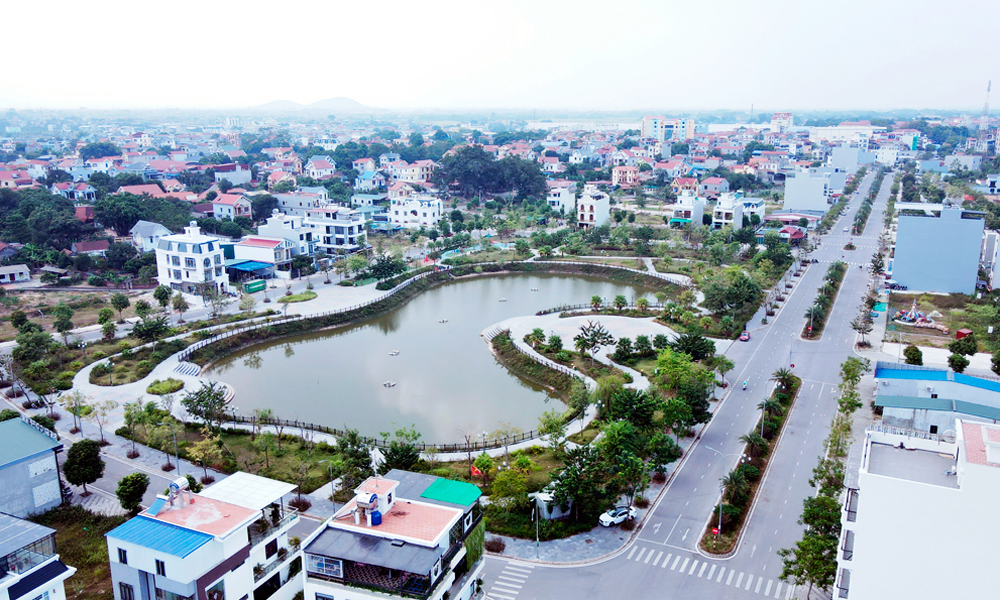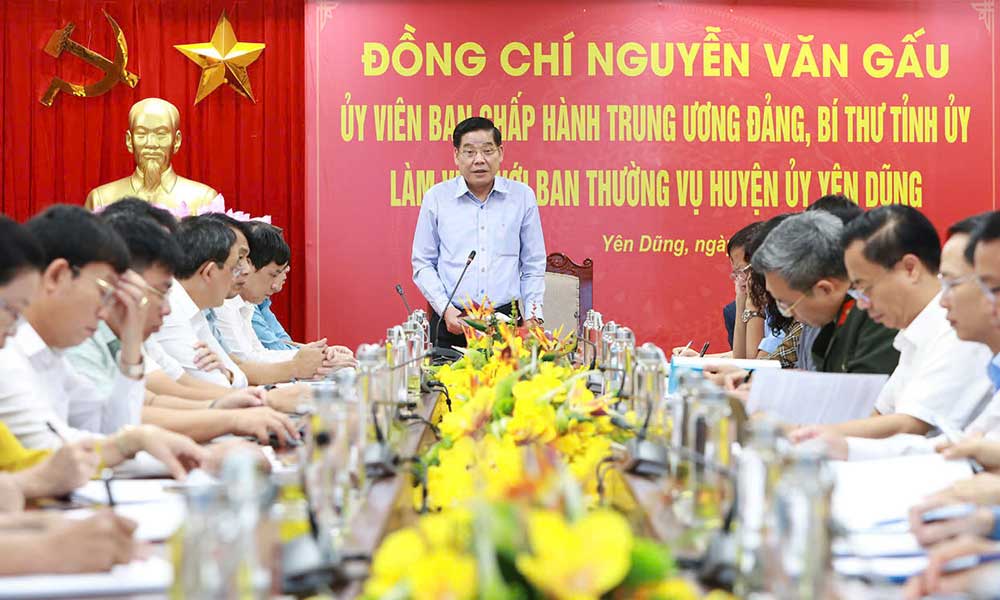Bac Giang vocational training schools operate effectively after merger
The Vietnam - Korea College of Technology is evaluated as one of the units showing effective performance after the merger of the Bac Giang Vocational College and the Vietnam - Korea Vocational College of Technology in December 2017. Rector of the college Nguyen Cong Thong said in the school year 2022-2023 the school enrolled 5,658 students, tripling the figure at the time right after the merger.
 |
|
A practice lesson of students of the Faculty of Mechanical and Electrical Engineering of the Vietnam - Korea College of Technology. |
After nine years of construction and development, the Vietnam - Korea College of Technology is one of 70 colleges across the country under the project "Developing high-quality colleges to 2025" approved by the Prime Minister.
This is the motivation for the school to strive further in its development. It has achieved all the five criteria of a high-quality school and is waiting for the Ministry of Labor, Invalids and Social Affairs (MOLISA)’s recognition. Out of 13 training professions, five are of high quality, exceeding the target.
After the arrangement, vocational training institutions have conditions to expand their scale, training professions, and facilities, creating a premise for their development and meeting the increasing requirements of vocational training. For example, after merger, the Bac Giang Medical School (now Ngo Gia Tu Bac Giang College) has opportunities to improve its training level from intermediate to college in medicine and pharmacy.
|
The province now has 37 vocational training institutions, a decrease of seven compared to 2019. Of which, there are five colleges, six intermediate schools and 15 centers. |
The Yen The Mountain Vocational School, after merging with the Yen The Continuing Education - Vocational Training Center, has just been upgraded by the Ministry of Labour, Invalids and Social Affairs into the Bac Giang Mountain College. Currently, it has nine faculties and functional departments offering training in key national occupations such as fashion sewing, electricity - electronics, mechanics - dynamics, welding, automotive technology, and animal husbandry. In recent years, the school has always maintained an annual enrollment of 600-700 students, exceeding the assigned target.
The province now has 37 vocational training institutions, a decrease of seven compared to 2019. In general, the system of vocational training establishments has been streamlined, with primary training scaled down and college and intermediate training scaled up. The total number of occupations licensed for training is 109. The training occupations are diverse and meet the province's labor market development orientation. The rate of students obtaining jobs after graduation is more than 90%.
 Bắc giang
Bắc giang














Reader's comments (0)